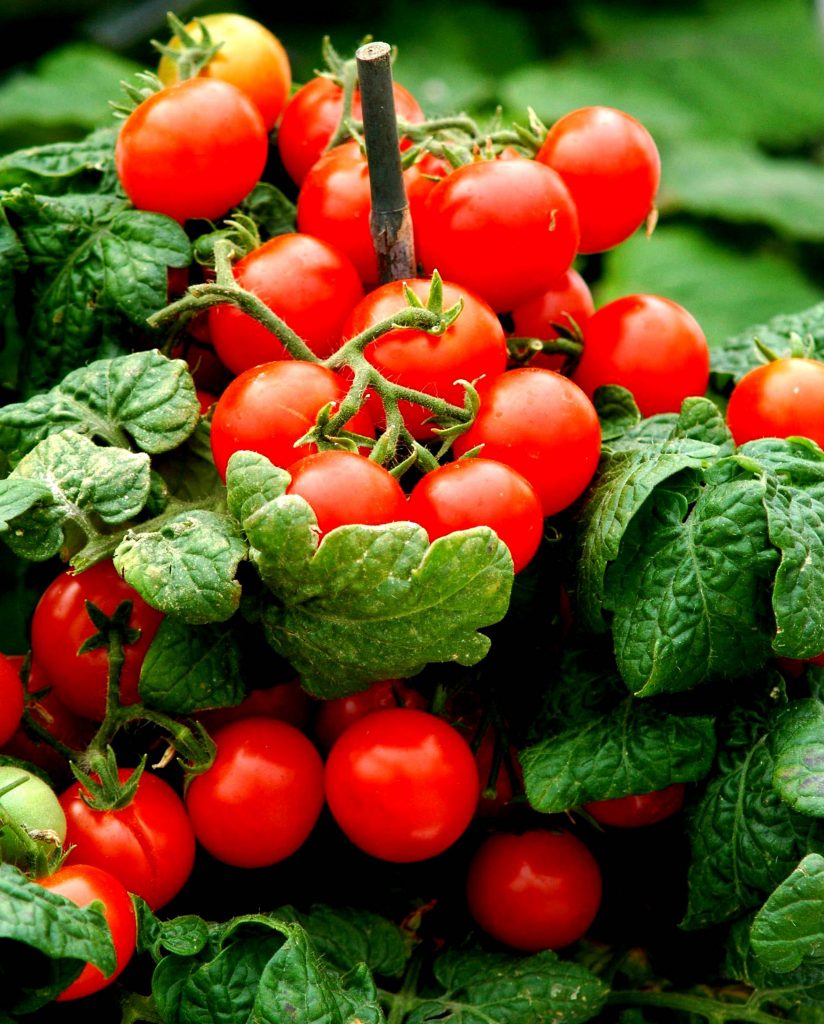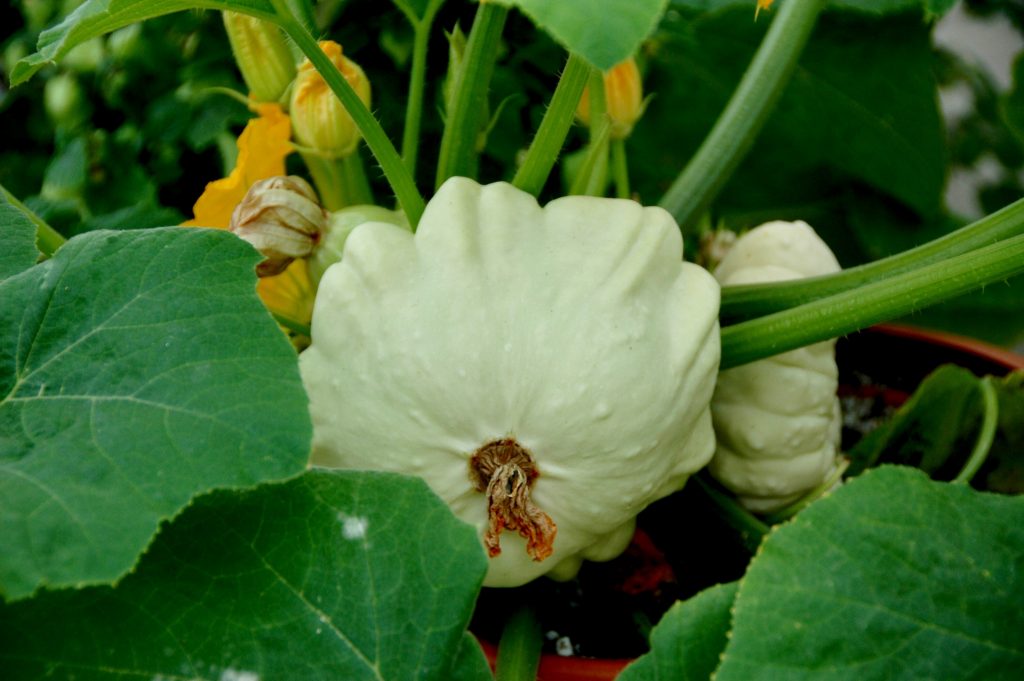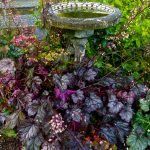BY NORMAN WINTER, TRIBUNE NEWS SERVICE
Shazam! All of a sudden everyone is thinking about growing a vegetable garden. Essentials disappearing from the local supermarket is at best a wake-up call. One thing for certain now that families are all together — there is no better way to teach children a little horticulture, pollination and where food comes from than a vegetable garden. If you want to, call it a corona victory garden or a victory garden 2020.
You are probably thinking you have no plot, and besides don’t you need an acre? The answer is, no you don’t need an acre. You can go small and intense. French intensive, square foot, interplanting, vertical, wide row, gardening by the yard and succession planting are all names for intensive gardening.
The purpose of intensive gardens is to harvest the most produce from a limited space. These spaces usually are small blocks, compared to traditional gardens which consist of long, single rows widely spaced. Much of the traditional garden area is taken by the space between the rows.
An intensive garden minimizes wasted space, but there is a limit on how much you can reduce open space. When you go beyond those limits, you open the door to control nightmares from disease and insects.

NORMAN WINTER / TNS
Buckingham yellow zucchini is a sturdy plant with a tiny habit making it suitable for small garden plots.
Intensive gardens concentrate efforts to create better yields with less labor. Fewer pathways and closely spaced plants often mean less weeding, but the work usually must be done by hand. Some gardeners prefer using machine cultivation on long rows to hand weeding.
Soil preparation is the key to successful intensive gardening. Plants must have adequate nutrients and water to grow together so closely. Providing fertilizers and irrigation helps, but there’s no substitute for deep, fertile soil, high in organic matter — just 3% to 5% would probably give you that proverbial green thumb.
Humus rich soil will hold extra nutrients, and existing elements locked up in the soil are released by the actions of earthworms, microorganisms and humic acids. Nurseries and garden centers have specially prepared mixes that are excellent to use alone or incorporated in your soil. Use landscape timbers or railroad cross ties to enclose your bed. A 6- to 8-inch high bed would be ideal. I even bought a kit from a local grocery store.
A good intensive garden requires early, thorough planning to make the best use of time and space in the garden. Consider the interrelationships of plants before planting, including nutrient needs, shade tolerance, above and below ground growth patterns and preferred growing season. It is suggested if possible to run your rows north to south which allow for most sun exposure,
The raised growing bed is the foundation of an intensive garden. Several beds allow the gardener to focus soil preparation in small areas, resulting in effective use of soil amendments and creating an ideal environment for vegetable growth. Beds are generally 4 to 5 feet wide and segregated into blocks. This allows gardeners to work from either side of the bed, reducing the compaction on the soil.

NORMAN WINTER / TNS
Sweet N Neat Scarlet tomato may be just what you need in the porch patio or deck.
The first step in deciding what to grow is to select what your family likes to eat. Next, look at what costs you the most at the market per pound. Tomatoes, green onions, leaf lettuce, turnips, summer squash, beans, beets, carrots, cucumbers, peppers, broccoli, head lettuce and cauliflower are all among the top 15 economic crops to grow.
Consult your local county agent for recommendations on spacing for interplanting. In general, however, add the inches of recommended spacing for the two crops to be planted together and then divide the sum by two.
Prime example, tomatoes have a 24-inch spacing and leaf lettuce has a 4-inch space recommendation. The total of 28 inches divided by two means that you can plant your leaf lettuce 14 inches from your tomatoes. A caged tomato surrounded by lettuce sounds like a good salad combination. By all means, grow up! What I mean by that is take every opportunity to grow vertically with pole beans, cucumbers and more.
Try a smaller garden but one that is intensive and your success may be greater. Even if you live in an apartment you can grow and harvest a bounty of produce from baskets and containers. If you are blessed with a large plot then grow enough to share. Your local garden center will have everything you need from seeds to transplants, soil and fertilizer and best of all, expertise.
Norman Winter, horticulturist, garden speaker and author of, “Tough-as-Nails Flowers for the South” and “Captivating Combinations: Color and Style in the Garden.” Follow him on Facebook @NormanWinterTheGardenGuy.




